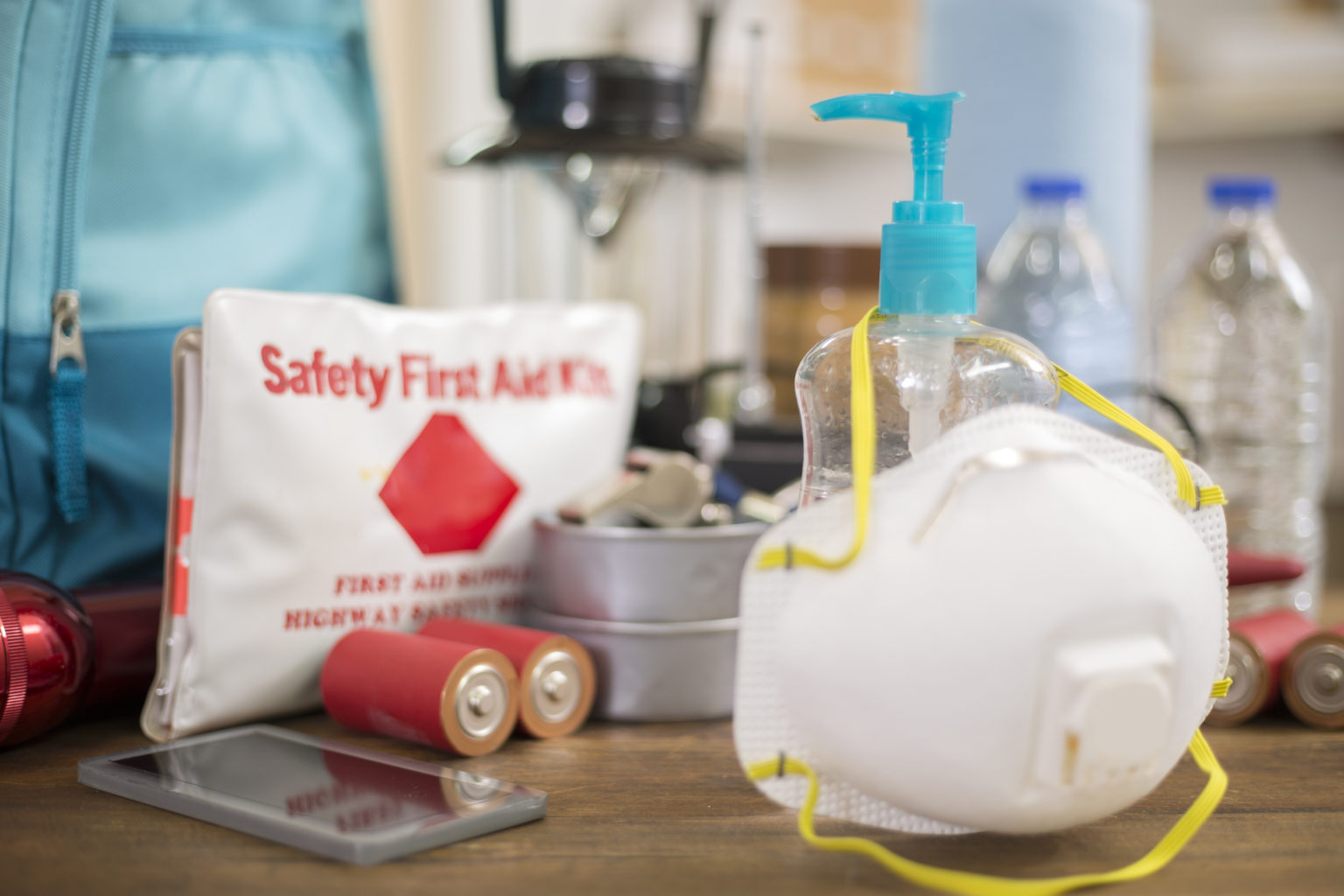Emergency Preparation Plans Need Adjusting During 2020

Each year during National Preparedness Month, we are reminded of steps for keeping safe during natural disasters, such as hurricanes, tornados, wildfires, earthquakes, floods, and extreme heat—along with power outages, fires, explosions, and other man-made emergencies.
In previous years, few of us paid much attention to another item that also appears on the list of potential emergencies: pandemics. But in 2020, we’re paying plenty of attention! People who prepared for that possibility are glad they did. However, the pandemic also has complicated overall emergency preparation, as seen during this very destructive hurricane season, the devastating derecho storm that caused so much damage in the Midwest, and the record-setting wildfires in the West.
Reports are that some people, including vulnerable older adults, hesitated to evacuate when advised to do so, fearing exposure to the coronavirus via rescuers or at shelters. In some communities, the policies and locations of shelters were changed, causing confusion. The realities of fires and hurricanes mean some people were challenged when it came to social distancing. And while exposure to wildfire smoke can irritate the lungs, raising the risk of infection from COVID-19, smoke also complicated the diagnosis of COVID-19, as sore throat, coughing and difficulty breathing can be caused by both.
The U.S. Administration for Community Living says, “Having an emergency plan is important at any time, but especially during a pandemic. The challenges of COVID-19 make thinking about preparedness and planning more complex—and more critical.” Experts also caution that the resources of hospitals may be stretched thin at this time, making it harder for personnel to provide care for disaster victims.
So, as you review your emergency preparation plan this year, remember that there are some new considerations for 2020:
Emergency supplies for sheltering at home. Everyone should have emergency supplies at home, including a flashlight or other battery-powered light source, a battery-powered radio and extra batteries, and enough food and water for at least three days. Have a supply of your medications and any other care supplies you need. And this year, be sure to have a supply of hand sanitizer and soap, disinfecting wipes, and face masks.
Emergency supplies for evacuation. Have a backpack ready with food, water, flashlight, sleeping bag, cell phone with charger, and any specialized items you would need, such as wheelchair batteries, medication, and assistive devices, that you would need when you get to a safe place. (You can get a checklist from Ready.gov.) In 2020, evacuation kits should also include hand sanitizer, disinfecting wipes, and at least two face masks per person.
Allow extra time as you put together your emergency supplies. The Centers for Disease Control and Prevention (CDC) reminds us that home delivery is the safest way to obtain supplies, but some items in heavy demand may take longer to arrive. Order well in advance. These items also may also be in short supply at stores. And remember that if you get your prescriptions by mail, those may be affected by the current USPS slowdown.
Adjust your plan for evacuation. Where would you go if you needed to leave your home? Would it be safe to stay with relatives or friends who live out of the area? Would it be possible to practice social distancing in that location? Especially if you are a senior or in another high-risk group, some public transportation may not be safe for you. Make arrangements ahead of time. If you’ve arranged for neighbors to check in on an older relative, be sure they will practice social distancing, as well.
Your designated emergency shelter may have changed. Traditionally, public health or emergency management agencies have prepared designated shelters for people who are evacuating from hurricanes, wildfires, or extreme heat and cold. If you’ve made an emergency preparation plan in previous years, you may need to update the information. And if you have special medical needs, check-in well ahead of time. Certain shelters may be designated for people who use oxygen, dialysis, an electric wheelchair, or other medical equipment that needs electricity.
Continue taking precautions while in the shelter. Follow the policies and procedures that are put in place to minimize your exposure to the coronavirus. Practice social distancing, wear your mask, wash your hands frequently, keep your designated space in the shelter clean and disinfected, and report any sickness immediately.
For senior living residents. If you or a senior loved one lives in a skilled nursing facility, assisted living or other senior living community, staff will have a plan in place to protect residents. They are also taking steps at this time to prevent exposure to COVID-19. Be sure you and your family members know the details of the plan and what you should do in the event of an additional emergency.
Protect your mental health. Many of us are already feeling stress and depression as the pandemic progresses. Experiencing or even just reading about additional natural disasters can ramp up anxiety, and that’s bad for our health. Practice self-care, and if these feelings persist, talk to your health care provider.
Source: IlluminAge AgeWise with information from the Centers for Disease Control and Prevention (CDC) and the Administration for Community Living.
![Health Concepts [logo]](https://healthconceptsltd.com/wp-content/themes/healthconcepts-corporate/images/logo.png)
